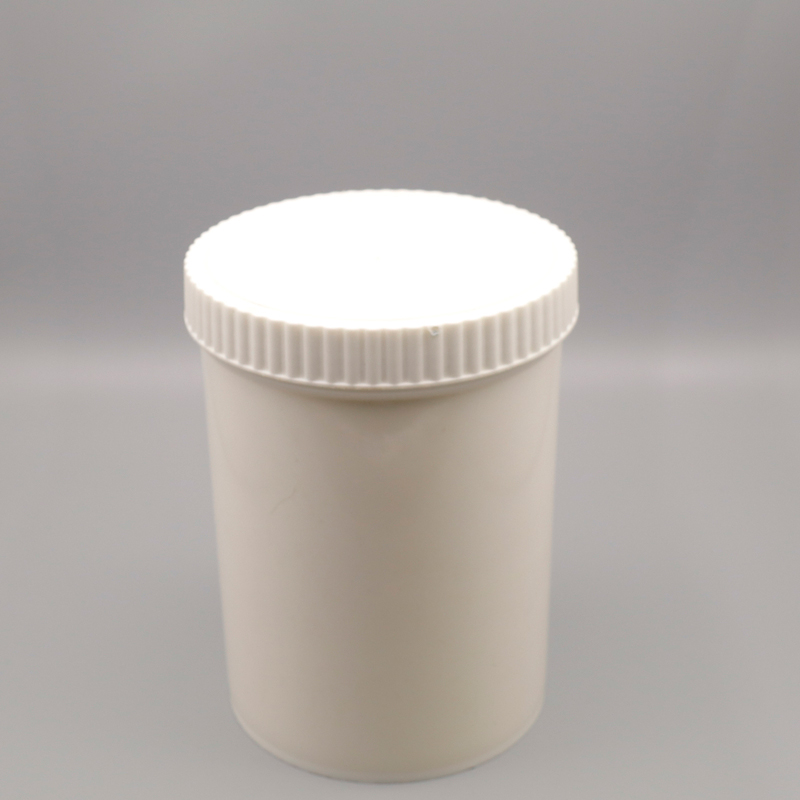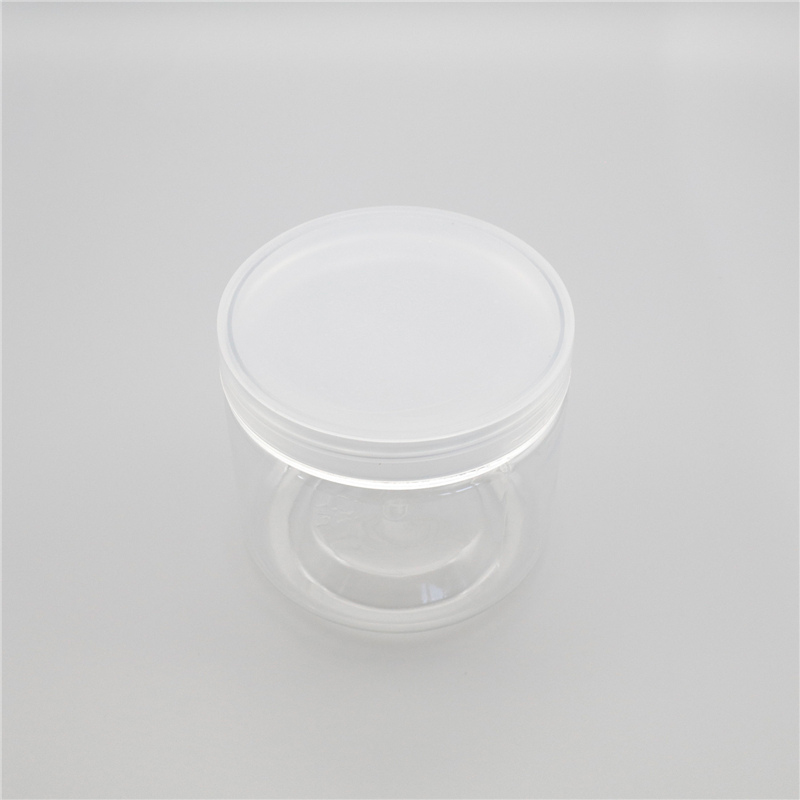What does a new collector need to know about the ultimate brand of the world’s most widely drunk spirit? Here we answer some of the key questions — illustrated with lots offered at Christie’s
A selection of Moutai, including rare examples from Kweichow Moutai Co. Plastic Bottle

In China, moutai (also called maotai) is known as ‘the national liquor’. It is made from a grain called red sorghum at Kweichow Moutai Co., Ltd, the country’s most famous distiller of baijiu (Chinese spirits). Moutai is served at all Chinese state banquets and often presented as a diplomatic gift.
US President Richard Nixon and Chinese Premier Zhou Enlai toast each other with moutai at a banquet in the Great Hall of the People, Beijing, in February 1972. Photo: John Dominis/The LIFE Picture Collection/Getty Images
Moutai is produced in Maotai Town, which is located within Guizhou (Kweichow) Province. As with champagne, production is limited to a particular area: only the baijiu produced in Maotai Town can be called moutai — and more specifically, only the baijiu produced by Kweichow Moutai Co., Ltd. Any other locally produced version of the spirit is called Maotai Town baijiu.
Only baijiu produced in Maotai Town, on the south-east bank of the Chishui River, by the Kweichow Moutai Co., Ltd, can be called moutai. Photo: Qilai Shen/Bloomberg via Getty Images
Exactly when the first formal liquor production sites in the town of Maotai were established is not known, but one source dates a distilling workshop to 1599, during the Ming dynasty.
In the early 1950s, local government merged Chengyi, Ronghe and Hengxing to establish the state-run Moutai Distillery. Since then, it has undergone multiple expansions.
WuXing Moutai 1959. 1 bottle per lot. Sold for CNY 960,000 on 18 January 2022 at Christie’s Online
Wuxing Export Trade Maotai, 1958. 1 bottle (540ml) per lot. Sold for CNY 600,000 on 21 September 2018 at Christie’s in Shanghai
Today, with a market value of around $300 billion, Kweichow Moutai Co., Ltd is the largest beverage company in the world.
Maotai Town has mild winters and hot summers, low wind and rainfall, and high temperatures and humidity. The distillery is located in the upper reaches of the Chishui River, where the water is at its purest and there is a high concentration of micronutrients, giving the liquor its unique, savoury taste, reminiscent of soy sauce.
Commemorative Moutai of Centennial Master — Chang Dai-Chien (50 yrs) 2012. 1 bottle per lot. Sold for CNY 78,000 on 18 January 2022 at Christie’s Online
The liquor is distilled from fermented hongyingzi sorghum. During harvesting, only golden grains that are hard, plump, uniform and thin-skinned are selected.
A wicker scoop filled with red sorghum, the key ingredient in the making of moutai. Photo: Qilai Shen/Bloomberg via Getty Images
The fermentation begins with the making of a qu — a ‘starter’ containing yeast — which is then mixed with the sorghum. The fermenting mixture is distilled seven times a year, with each batch stored in a separate container. The distilled baijiu is stored for three to four years in earthenware jars, allowing the alcohol to ‘breathe’.
Steamed sorghum is spread out before the fermentation process begins. Photo: Qilai Shen/Bloomberg via Getty Images
Following this storage period, the basic moutai distillates will go through an elaborate blending process. Master blenders, relying on their personal tastes and using techniques passed down over hundreds of years, combine anything from a few to dozens of basic distillates in search of the ultimate balance and depth of flavour.
FeiTian screw-cap Moutai 1993. 6 bottles per lot. Sold for CNY 192,000 on 18 January 2022 at Christie’s Online
Moutai should be tasted at a temperature between 20 and 25°C, in tulip-shaped glasses to concentrate the aromas. Hold your glass at the base, between finger and thumb, to avoid altering the temperature of the liquor, and hence its aroma, with the heat of your palm.
The liquor usually ranges in hue from colourless, via light yellow and pale yellow, to emerald green.
Only sorghum grains that are hard, plump, uniform and thin-skinned are used to make moutai at the Kweichow Moutai Co., Ltd. Photo: Qilai Shen/Bloomberg via Getty Images
Fresh notes of soy sauce are pronounced at first. The main aroma is multifaceted, with fine notes of fruit and grains, mixed with floral and yeast flavours. Moutai pairs well with any Chinese cuisine, but also with Korean grilled meats and caviar.
Collectors are interested in quality, but also in the strong price appreciation for moutai. It is generally accepted that older moutai tastes better, while special limited editions are coveted for their rarity.
ZhenPin screw-cap Moutai 1986. 2 bottles per lot. Sold for CNY 96,000 on 18 January 2022 at Christie’s Online
The key attributes are its appearance, vintage (older equates to better and more expensive), rarity and authenticity. At auction, prices can range from CNY 2,000 (around $280) to more than CNY 300,000 (around $42,000) per bottle.
Founding of the People’s Republic of China package Moutai 1999-2009. 3 bottles per lot. Sold for CNY 120,000 on 18 January 2022 at Christie’s Online
When selecting a quality bottle of aged moutai, the first thing you should check is whether the bottle itself is in good condition. Look out for stains or mould on the seal or the registered trademark, and beware of marks indicating exposure to sunlight.
Christie’s Online Magazine delivers our best features, videos, and auction news to your inbox every week

Plastic Bottle Dispenser The level of liquor in the bottle must be high. When it is swirled in the bottle or poured into a glass, good-quality bubbles should be evident. By noting how long the bubbles last, one can discern the age of the liquor and the conditions in which it has been stored.